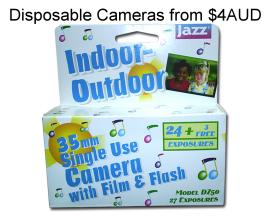TELESCOPES
8
A CLOSER LOOK A REFLECTORS
It's important to understand collimation if you own a reflector, especially a Newtonian reflector. Collimation is the alignment of the two mirrors (primary and secondary) to point straight through the eyepiece. It's quite normal for Newtonian reflectors to go out of collimation if they are bumped hard enough. I have had Newtonian reflectors that have never lost their alignment, but others have. The greatest chance for a telescope to go out of alignment is if the mirrors are loose. This can happen if the telescope has done some traveling or dropped or knocked hard enough. This can include when the telescope is sent to you brand new. An unwary person may not know why the images they see are not that great. Unsecure nuts and bolts may work their way loose when they are moving much in the same way bicycle wheels always turn when they hung outside a boot of a car or are carried on the back while the car is in motion.. The most annoying time when this can happen is when you take your telescope to a remote site. That's why getting to the remote site while it's still light can save a lot of difficulties. Collimation is always best done in the daylight. Luckily because reflectors can go out of alignment, they have adjusting screws or knobs to re-adjust the optics. The hard part about adjusting the collimation at night is as the screws or knobs are turned, it points the mirrors in a slightly different direction which puts the finderscope out which is also best adjusted in the daylight. Collimation is difficult to describe in words, especially because it takes a few times of practise to get it right and also the different brands of telescope and how they are adjusted. It's often best to get us to show you


for schools
END OF CLOSER LOOK AT REFLECTORS
Australian
Residents Please Call (08) 8381 3188
International Residents Please Call 61+ 8 8381 3188
Australian Fax Orders (08) 8381 3588
International Fax Orders 61+ 8 8381 3588


